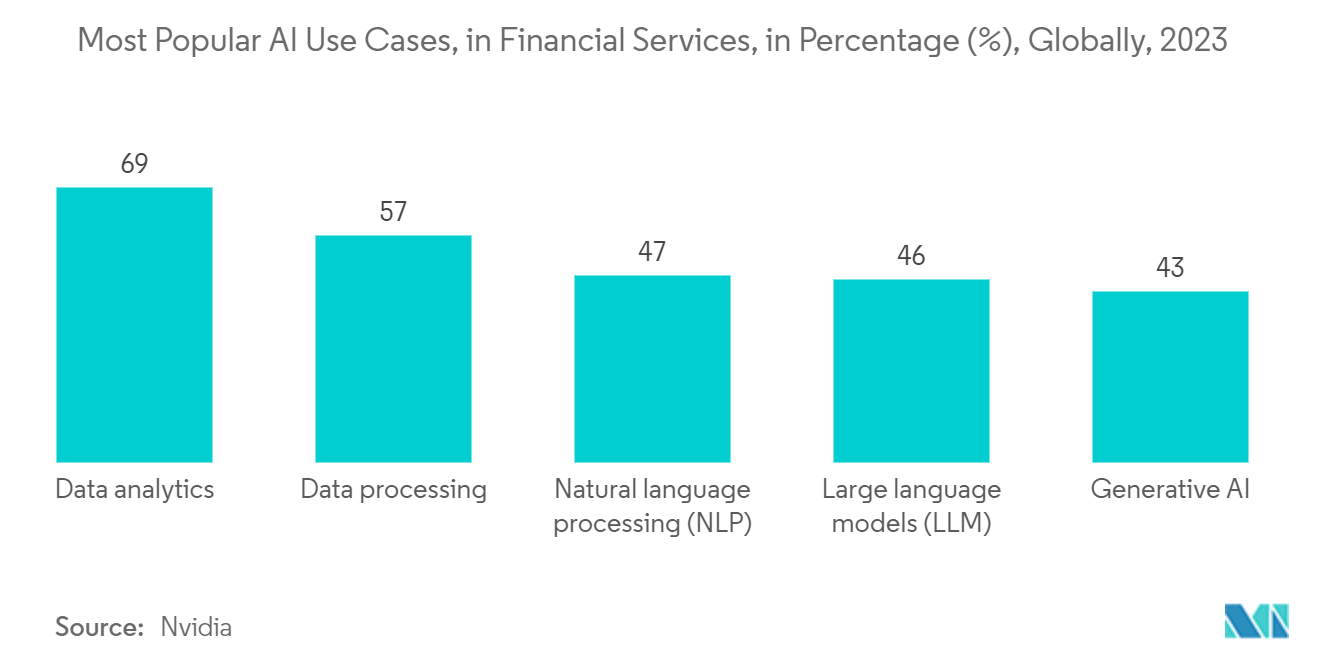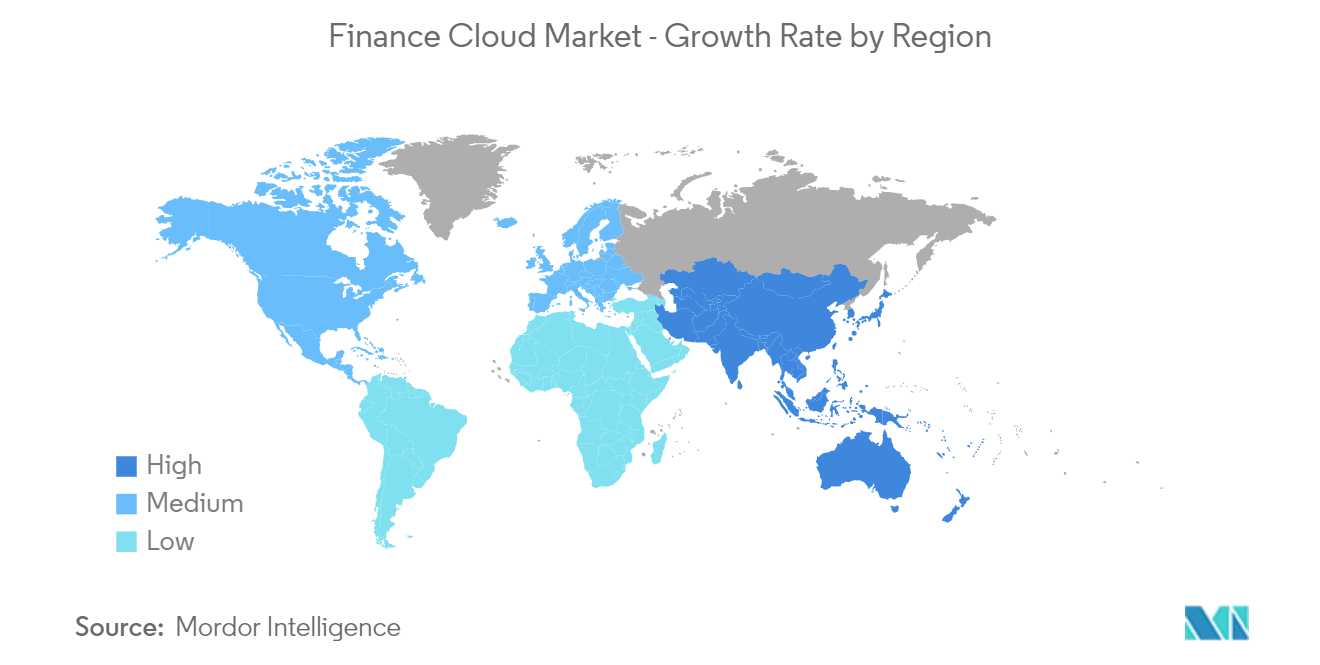Market Trends of Finance Cloud Industry
Wealth Management sector to Dominate the Market
- As global wealth increases, there is a rise in wealth management professionals. As per the Credit Suisse Wealth Report of the current year, wealth grew at a strong pace last year, and by year's end, global wealth at prevailing exchange rates totaled USD 463.6 trillion, a gain of 9.8%.
- In fact, according to RBC Wealth Management, North America accounted for the most significant concentration of these people last year with 7.9 million HNWIs living there. The number of HNWIs reported in the Asia Pacific region was 7.2 million last year. The individuals with a fortune of over USD 1 million are the highest Networth Individuals.
- The same report indicates that global wealth is projected to increase by about 26% over the next five years, reaching USD 399 trillion by the following year. Growth in the middle class will be the main driver of wealth, but over the next five years, there will be a sharp rise in the number of millionaires, who will reach a new all-time high of 55 million.
- In fact, there's a lot of demand for wealthy individuals with HNWIs. And the competition is even more fiercethan ever in terms of their business. Consequently, businesses must continue to innovate and gain a bigger share for the growing market by staying on top of cutting edge technologies such as Finance Cloud.
- The growing use of AI is one of the market's emerging trends. Wealth management is one of the first sectors in the financial services sector to utilize AI-based technology in a substantial way. The production of huge financial datasets by AI computation makes the use of cloud networks necessary for AI applications. As a result, the Financial Cloud Market will also emerge over the research period as a result of the growing use of AI in the finance sector.

Asia-Pacific to Witness the Highest Growth
- Financial institutions across the Asia-Pacific region are embracing digital transformations. This allows them to be more cost-efficient. For instance, in India, through fintech initiatives like the The Indian Government is working towards digitisation of payment systems and increasing financial inclusion, i.e. Jan Dhan Yojana, Aadhaar & UPI Unified Payments Interface.
- In April last year, in an effort to keep up with a financial sector that is increasingly being shaped by data, artificial intelligence, and Big Tech, China's central bank announced that it was accelerating infrastructure development for its own financial technology. This includes updating its data centers and the network connecting all central bank offices and branches, as well as establishing a "central bank cloud" last year.
- Small Finance Banks (SFBs) in India have reached a nascent stage of evolution due to the constantly changing BFSI sector. These financial institutions want to create a workable business plan that will meet the demands of the underprivileged groups in society. Many of these modern banks employ the cloud and AI/ML to make quicker and more informed decisions for their customers, along with quick risk assessments.
- With the help of public sector initiatives, small and medium-sized businesses, and digital innovation in the banking, financial services, and insurance (BFSI) industries, technology giant Oracle Corp. is experiencing substantial development in its cloud business in India (SMBs). Banks can lessen their dependency on data center infrastructure, pay only for what they use, and maximize value by aligning capacity with business demand with Oracle Cloud. Oracle says that banks that use their cloud can cut costs by up to 50% compared to banks that use other cloud providers.


